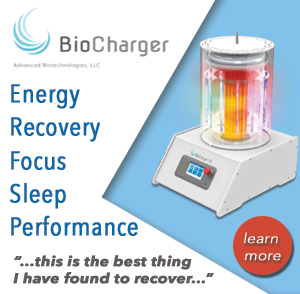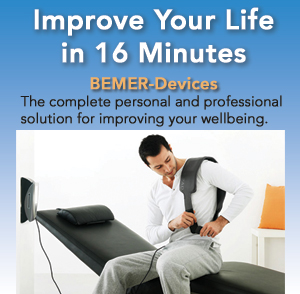Details
Primary Applications:
- Bones and Joints
- Cartilage and Tendons
- Nerves
- Teeth
- Deep Scar Reduction
Key Specifications*
Light Emitting Elements: Single 808nm 500mW laser diode
Operational Output Power: 300mW
Treatment Area: 0.05 sq. in. (0.3165 cm2)
Power Density: 947.87 mW/cm2
Energy Output: 54 joules per 3-minute treatment cycle
Registered as a Class IIIB laser device
Dimensions: 7.625in. x 0.75in. x 0.75in. (19.4cm. x 1.9cm. x 1.9cm.)
Weight: 11.25oz. (319g.)
Specifications can help you understand how one laser might be expected perform when compared with another. There are many parameters to consider. The partial list that follows covers some of the most important. Please note that the definitions below are presented for the layperson, and may not be scientifically precise.
WAVELENGTH The color of the emitted light specified in nanometers (nm) Research has shown that different light colors interact with tissue differently. Specifically, lasers emitting light towards the infrared end of the spectrum tend to be better suited for treating hard tissue such as bone, while those emitting light in the red region, are better suited for soft tissue such as muscle. All other things being equal, lasers in the infrared range will penetrate hard tissue better. Within a color range, there is no research that shows that light of one wavelength is more effective than another. For example, both 660nm and 635nm wavelengths are in the red region but, if identical in all other ways, both are equally effective.
POWER DENSITY Total power output divided by the area illuminated by the light typically specified in watts per square centimeter The driving power behind the emitted light. All other things being equal, lasers with higher power density levels can be expected to penetrate further.
ENERGY OUTPUT The therapeutic affect delivered by the device typically specified in joules per unit of time All other things being equal, lasers with higher energy output levels can be expected to treat more quickly than those with lower energy output. Knowing your laser's energy output will allow you to plan your treatment dosage. For example, if you read a study that says "50 joules of infrared laser light was shown to be effective in 90% of cases," and you know that your infrared laser emits 10 joules per minute, you will need to treat for 5 minutes to duplicate the conditions of the study.








